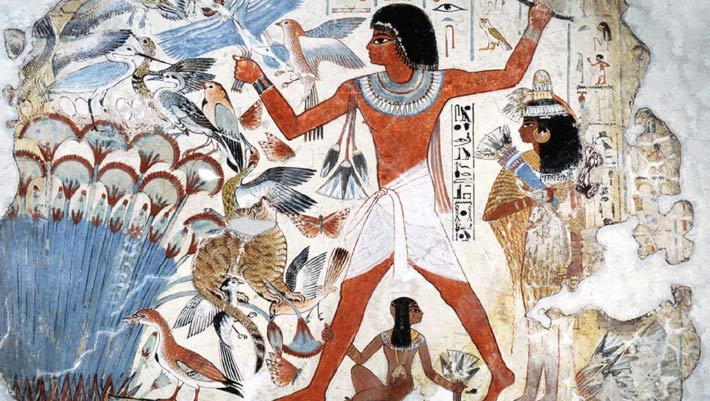Now Reading: Scientists Decode Ancient Egyptian Genome for the First Time
-
01
Scientists Decode Ancient Egyptian Genome for the First Time
Scientists Decode Ancient Egyptian Genome for the First Time

Rapid Summary
- scientists sequenced the genome of an adult male Egyptian who lived over 4,500 years ago during a transitional period between Early Dynastic and Old kingdom Egypt.
- DNA was extracted from the individual’s tooth, whose skeleton was excavated in nuwayrat, 265 km south of Cairo.
- Genetic analysis showed that most of his ancestry mapped to ancient populations in North Africa, with 20% linked to people from Mesopotamia (modern-day Iraq).
- Chemical signals indicated he grew up in Egypt; skeletal evidence suggested trade-associated work like pottery due to muscle markings and arthritis on specific areas.
- Despite signs of physical labor, his burial treatment indicated elevated social status. Researchers speculate he may have been highly skilled or accomplished.
- The study highlights human migration patterns between regions during a key past period but notes that more genome sequences are required for deeper insights into genetic diversity at the time.
(Image: Wall painting depiction – Nebamun hunting with family [Thebes, New Kingdom], credit: Werner Forman Archive / Bridgeman Images)
Indian Opinion Analysis
The sequencing offers valuable insights into ancient human mobility and cultural exchanges influencing Egyptian history-a civilization intertwined with early global development narratives pertinent even today. For India-also home to diverse migrations historically-such studies harness technological advancements that can deepen understanding of population dynamics shaping past civilizations’ socio-political structures. The research underscores the importance of integrating genetics alongside archaeology for comprehensive historical reconstructions globally.























